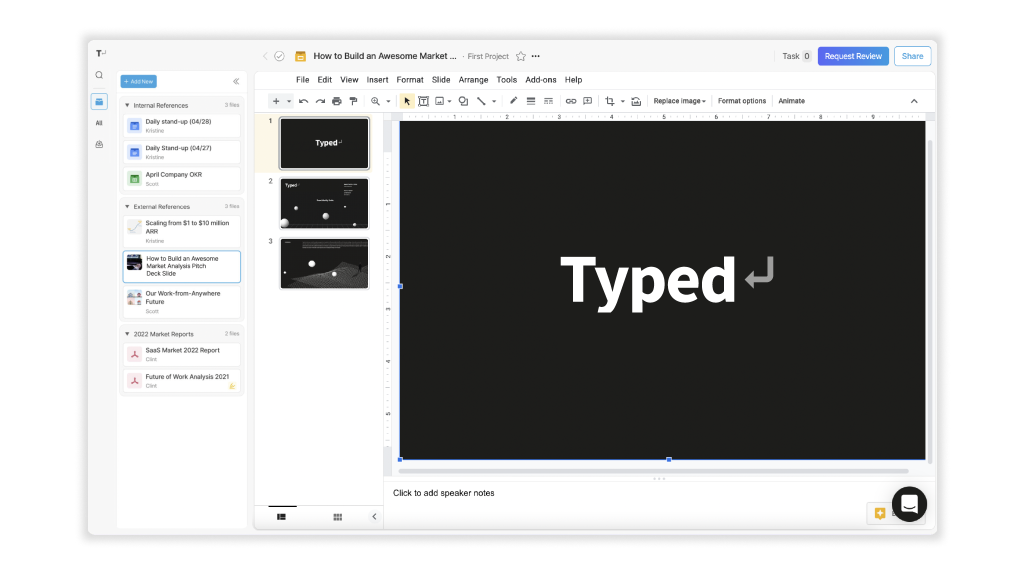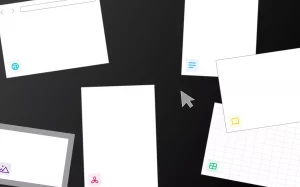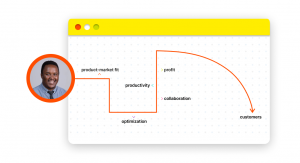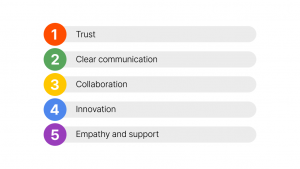So, you have a brilliant business idea — now all you need to do is convince potential investors to fund it.
Building a successful pitch presentation is no mean feat — according to Marc Andreessen, co-founder of Silicon Valley venture capital firm Andreessen Horowitz, only 0.7% of the thousands of pitch decks they review manage to secure that crucial investor support.
While there are many elements to a startup pitch deck, one slide, in particular, is the one investors want to see — the market analysis slide.
This slide may be the most critical in the whole pitch deck. It’s the one that tells potential investors whether your business plan is an attractive opportunity for them.
Therefore, getting it right — or wrong — can make or break your chances of success. This article will break down the art and science of creating a market analysis pitch deck slide that will have investors banging on your door.

Why Include a Market Analysis Pitch Deck Slide?
In simple terms, the market analysis slide shows that you’ve done your market research and know how you position your startup within the competitive landscape.
Remember that an investor’s aim is to take their money and make it grow, so they’re looking for significant market opportunities. Therefore, your investor pitch should clearly explain the market size as well as the market opportunity for your business.
This is usually broken down as follows:
- Total addressable market (TAM): This number represents the total value of the sector you’re trying to break into. For example, if your product is an innovative baby monitor, your TAM might be all parents of babies up to two years old.
- Segmented addressable market (SAM): This is your target audience — or the segment of the total market most likely to buy your product. Let’s say your baby monitor has special features for working parents who leave their child with a babysitter during the day. Then your SAM would be working parents of children under two.
- Share of market (SOM): This is a projection of the share of the available market your company could reasonably capture within a few years and, ultimately, what investors are most interested in.
Here’s a pitch deck example from Airbnb showing their TAM, SAM, and SOM to give you an idea of what that could look like:
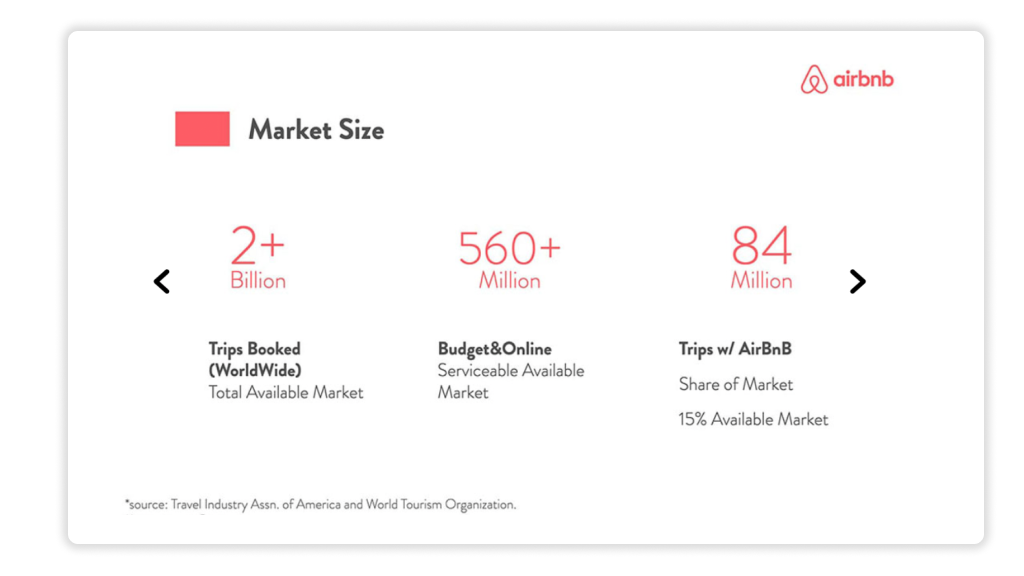
Let’s take a look at a few of the elements that go into building a Powerpoint slide like this one.
Gain Insight Into Customer Needs
Everything starts with your target customer — the value proposition of your product depends on identifying real needs and addressing them.
Therefore, you’ll need to look for metrics that demonstrate customer needs and how your product or service solves them.
Reduce Risks
Knowing your target market can help you reduce or mitigate any potential risks in your business.
Since you’ll know what your potential customers need, you’ll be better positioned to make informed business decisions.
Identify Trends
Investors are often skeptical about large market claims, which is why it’s also important to talk about trends, opportunities, and any competitive advantages you may have.
Your market analysis should take into account current industry trends — this can help you identify opportunities and make your slide deck and business proposition more attractive to investors. It can also help you justify your business model.
For example, did a startup similar to yours just receive a lot of funding? Perhaps a consulting firm like Gartner or McKinsey published a report on why your industry is the next big thing. The important thing here is to back up your intel with real-world examples.
Forecast Target Market Growth
A market forecast is a key component of most marketing analyses, as it projects the future size and characteristics of your target market. This is essential to include as investors will want to see growth projections.
Anatomy of a Market Analysis Pitch Deck Slide
The market analysis is one of the most crucial aspects of your pitch — so how do you decide what to include when you only have one slide to make an impact?
While there may be variations across industries, in general, a market analysis slide should include the following four aspects.
Numbers, Numbers, Numbers
Back up your claims with cold, hard stats. This is where you’ll include your TAM, SAM, and SOM, as well as figures relating to your business, such as profit margins and projected growth.
The numbers and potential market share are what will convince investors that yours is a viable business in a market with potential for massive growth.
Special Characteristics of the Market
Include any sector-specific details of the market. For example, perhaps the government introduced new regulations that open the door to startups in that industry.
This was the case for Flixbus, a German low-cost bus service that became a unicorn after the German government opened the national long-distance bus network to private companies. Flixbus has since spread throughout Europe and has now set its sights on the US.
Comparisons with Other Industry Sectors
If you’re trailblazing in a new market, finding the numbers to back up your claims can be tricky. So what do you do?
If you’re innovating and competing against an “old market” way of doing things, you compare yourself to that market.
For example, Uber pretty much invented the ride-sharing market. So when looking for funding, it set out by comparing itself to the old taxi market.
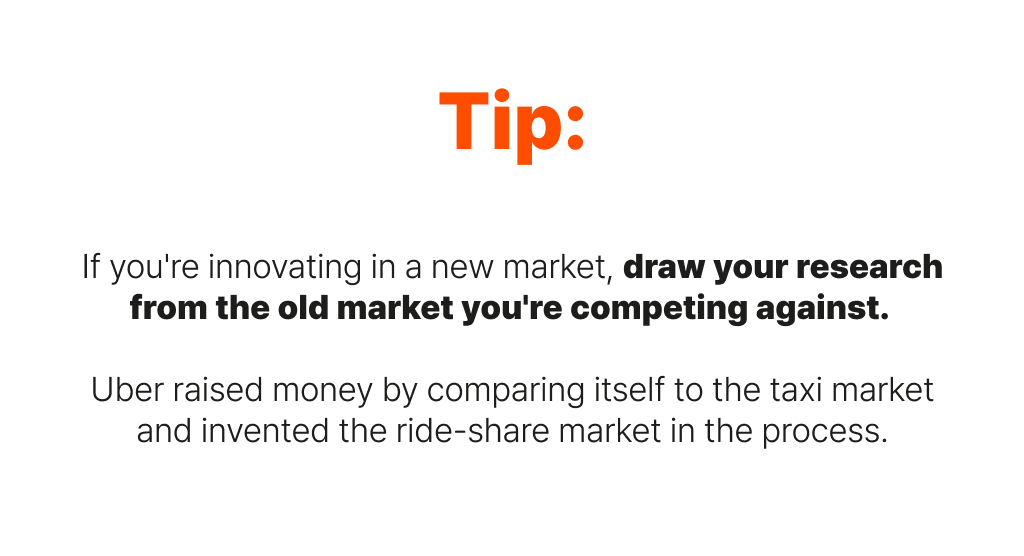
Well-Researched Sources
Third-party research provides a solid foundation for your market analysis. However, where possible, make sure to include any primary research generated by your startup.
Market Analysis Mistakes to Avoid
Avoid these common pitfalls to make your market analysis slide rock solid.
Presenting Unrealistic Numbers
This should go without saying, but investors want to see a realistic market landscape. It’s no good making wild, false claims about market size because chances are your investors will know.
Instead, show you’ve carried out in-depth research by presenting numbers that are reliable and realistic.
Ignoring the Numbers
Similarly, if you want to make a compelling case to investors, you can’t gloss over the data. It doesn’t matter how brilliant your product or service is — investors want to know whether there’s a market for it.
Using Incorrect or Irrelevant Numbers
Resist the temptation to make up numbers, as this can seriously harm your credibility. While you should do your best to obtain accurate information, it’s better to admit you don’t have the data than to make them up.
Use the Right Tools
Gathering the essential information is only one part of building an awesome market analysis pitch deck slide. To create a winning pitch deck, you’ll need the right tools.
Design Tools
Design is almost as important to your pitch presentation success as your market research. Consistent branding makes your company appear more professional and reliable, and the brand colors you choose can convey the emotions you wish to associate with your product.
As you design your pitch deck, make sure your fonts are readable and your images are high-resolution. You may want to use a program such as Canva or Adobe InDesign to create professional-looking images.
Document Editing Tools
These are crucial for synthesizing all the gathered information. Many startups rely on Google Slides to create their pitch decks thanks to its features that allow team members to collaborate on the presentation in real-time.
However, gathering and collating all the necessary information and resources into a single source of truth can be challenging with these tools. This is where Typed comes in.
How Typed Can Help You Create a Winning Market Analysis Pitch Deck Slide
Typed is a next-generation document editor and knowledge management system that integrates with Google Drive programs — like Google Slides, Docs, and Sheets — and supercharges them with additional features.
Here are a few of the Typed features that can help you create a winning market analysis pitch deck slide.
Resource Library
Building a winning pitch starts with in-depth research, and you’ll probably draw your information from a ton of different sources, ranging from web pages, videos, images, and PDFs to internal documents and reports.
The Typed Resource Library is a handy repository for your sources. To use it, simply create a new Google Slides document in your Typed workspace and start adding your sources to it.

You can save URLs with the Web Clipper — a browser extension that saves websites to your Resource Library in just one click — or add documents from your Typed workspace or Google Drive using the Search function. You can even add resources and references from other documents in your Typed workspace using backlinks.
You can also create Resource Folders within your Resource Library — this can be particularly useful when building a pitch deck, which tends to be research-heavy. For example, you might choose to create a Resource Folder for a particular slide and add all of your sources for that slide to it.
Knowledge Network
With the Typed Knowledge Network, you can give context to your work by visually browsing the links between every project and document in your Typed workspace.
This can help you locate sources of information quickly, without the need to dig through your Google Drive folders. It can also help you discover existing information and documents, reducing time lost on repeating tasks.
Split Viewer
Sometimes when you’re working on a pitch deck, you need to view a resource simultaneously as you work on your presentation. Instead of manually resizing your browser windows, simply click on the Split Viewer to visualize two documents at once.
Highlights
With the Highlights feature, you can save only the most important information contained in a resource. Simply turn on Read Mode from your Split Viewer and highlight the text you want to save. Typed will automatically save it to your Resource Library.
Win Your Next Funding Round with Typed
Your market analysis slide is one of the most critical aspects of your pitch deck — and getting it right is essential if you want your fundraising efforts to be successful.
Startup founders and entrepreneurs can improve the efficiency of their pitch deck creation process by using a tool like Typed. But don’t just take our word for it — sign up for your free account and create your first pitch deck with Typed today.
